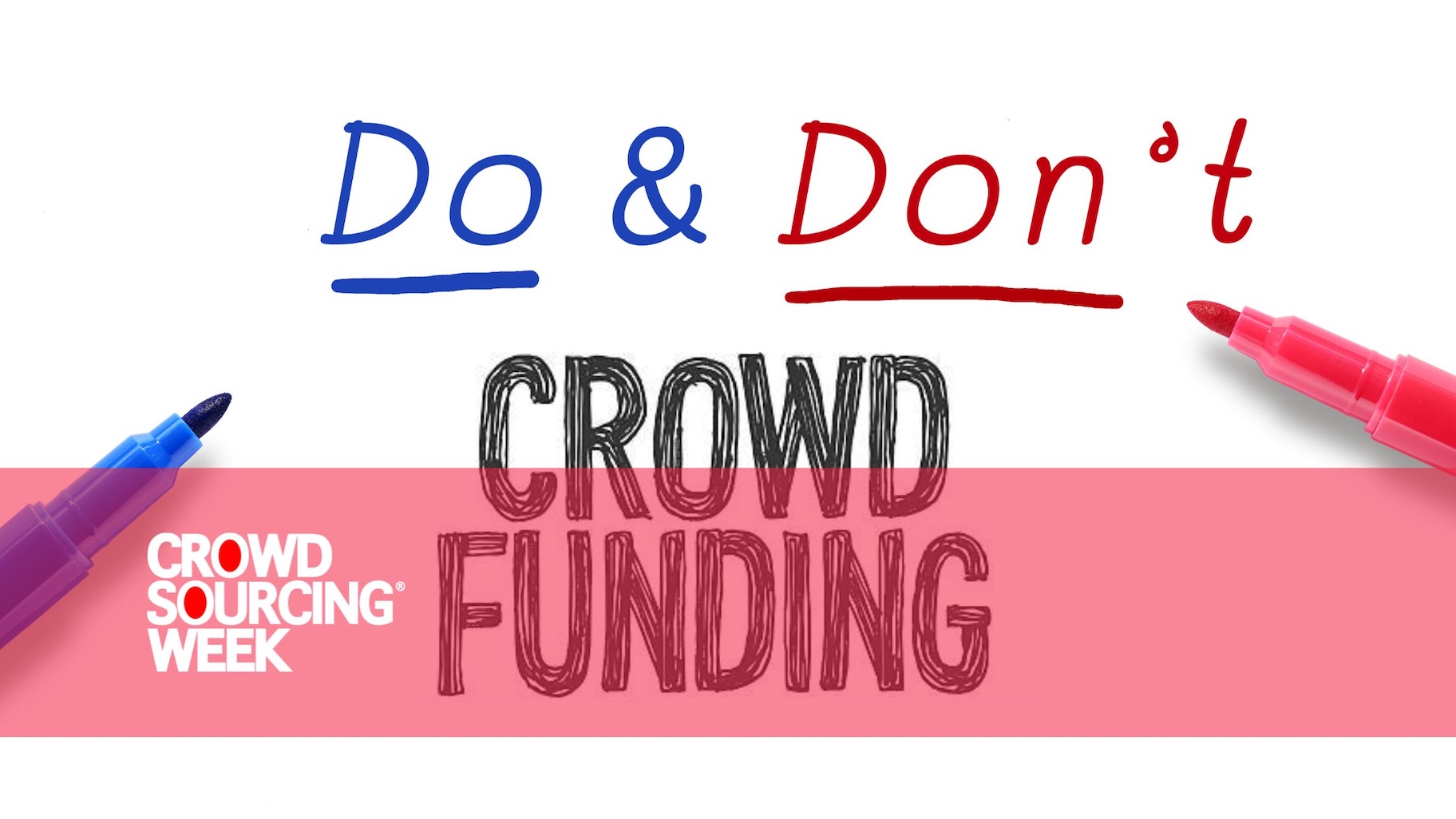It’s important to realise the scope and opportunities that equity crowdfunding offers in order to plan and execute a successful investment round. It’s certainly about more than raising money. A full appreciation of what it can achieve will influence all subsequent decision-making. This blog shares some key insights on Equity Crowdfunding Dos And Don’ts, as discussed by a panel of equity crowdfunding experts at the EU Startups Summit 2025 in Malta.
From left to right: Mindaugas Valiulis – Policy Officer, European Commission; Grégoire Touazi – Legal Counsel, Crowdcube Europe; Nora Szeles – CEO, Tőkeportál; Christopher Burge – Co-Founder & CEO, Spark Crowdfunding; Oliver Gajda – Executive Director, Eurocrowd.
Crowdfunding – what is it good for?
First, the panel of equity crowdfunding experts reminded us that successful campaigns achieve numerous other non-cash benefits that do not come with bank loans, grants or VC support.
- Successful crowdfunding shows that a business (not necessarily only startups) has a crowd of believers
- A successful round provides social proof of a business worth backing
- A crowdfunding investment round can act as a catalyst to unite a community behind a business opportunity, and give them a sense of identity and stronger belief
- Successful crowdfunding is good marketing – it gets a business noticed and talked about
- The best retail investors will support their investments with positive word-of-mouth as they progress up the brand loyalty ladder, becoming advocates and brand ambassadors, and may also become important customers as well
- Crowdfunding enables backers to meet business founders, which can lead to an exchange of introductions, and offers of insight, expertise and assistance
- Each subsequent round can build on the previous one(s), as investors scale up their investments over time
- Future raises have potential as private rounds, carried out exclusively among existing shareholders
Equity Crowdfunding Dos and Don’ts
Here are the Dos and Don’ts raised by the panellists as critical points to improve the chances of investment fundraising success, with just a couple more that I added myself.
Being accepted by a crowdfunding platform
Don’t assume it will be easy to secure a place on a platform. In the UK, both Crowdcube and Republic Europe – which between them handle over 80% of UK equity crowdfunding projects – have told me they reject an average of 9 out of 10 applicants. Many of the rejected applications can be improved and re-submitted, but convincing one of the platforms to host a crowdfunding investment round represents a major hurdle.
As part of this process, do make sure you secure a core backer, or group of backers, who guarantee a substantial proportion of the total raise target. This will involve some personal selling before the crowdfunding starts. Equity crowdfunding platforms will require this in order to accept you on their platform in the first place. They earn money only from successful rounds, and they want to put their efforts in to rounds that appear to have the most chance of succeeding.
Do consider having all the eventual retail investors included in a single nominee account. This means that no matter how many of them there may be, they will only occupy one line on your cap table. This could be a factor in deciding which platform to use, and a factor when approaching VCs later on to show a clean cap table.
Timing
One of the equity crowdfunding experts said carefully consider the best time for you to receive the money you require to accelerate your business growth, and work backwards on a timing plan. This gives an added element of control that’s missing from relying solely on VCs or angel investors – you do not know when they will say “Yes.”
Getting investment ready
UK-based retail investors who are taxpayers qualify for substantial tax benefits if they invest in businesses registered under the SEIS or EIS schemes. Similar incentives may exist in other countries. EIIS in Ireland gives investors 40% tax relief. Be sure to register under any applicable schemes. Tax refunds of 50% of an investment in a business registered under SEIS (and 30% for EIS) are a substantial incentive that improves the prospect of a positive ROI for retail investors.
The tax benefits can also continue with time. Further refunds can be applied for if a UK business flops. Or when a business succeeds, investment returns can be shielded from the UK’s Capital Gains Tax.
Part of the readiness is preparing a story to tell. People remember stories better than facts, so give them a good one. Step out of a comfort zone, if necessary, and do tell a strong story supported by legal data and solid financials. It can be fun!
Due Diligence
No coverage of Equity Crowdfunding Dos And Don’ts would be complete without saying don’t expect success without doing a lot of work. Don’t expect miracles to just happen. Hope is not a strategy!
Equity crowdfunding experts say don’t underestimate the time Due Diligence will take, such as to find and supply the amount of information you will have to provide to support every previous employment detail on your directors’ career histories. A reference to a LinkedIn profile is not good enough.
Do substantiate every product claim you make, the reliability of companies in your supply chains, and the track record you refer to about previous success with other businesses. You’ll need appropriate evidence for every claim you intend to make in the pitch.
It might sound impressive that you made 10,000 sales last month, or achieved a 300% sales growth in just one year, but can you demonstrate it?
You may have to change your pitch content, and it can be risky to film your crowdfunding project video before completing the Due Diligence process.
Pre-launch activity
You’ve found your core lead investors, built a compelling story, and completed the Due Diligence requirements.
Now stoke the fire, be prepared well in advance to start your crowdfunding round with a bang, not a whimper. The first 72 hours are key.
Don’t be too shy to ask all your contacts. It’s not begging, you are offering them a serious business investment opportunity. When you’re a success, they won’t thank you if you left them out.
After crowdfunding has ended
After successful completion of an investment round, do plan to stay in contact with your new shareholders. They will expect to receive updates on progress towards the aims and goals that were in your crowdfunding pitch. As you take steps to move nearer further investment requirements, or ultimately an IPO or acquisition, make them feel part of the journey. Give them news that they can talk about as part of their positive word-of-mouth support. Remember that trust requires transparency.
Key takeaways
Success is not guaranteed. It requires good planning and hard work. However, equity crowdfunding can provide added benefits that other forms of early-stage business finance do not.
Core benefits include business founders will meet and gain the support of friendly investors, who in many instances will be investing alongside business angels. They are less likely to be VC fund managers, whose main priority will remain their own clients’ ROI.
A business founder’s challenge is to convince those friendly investors to stick with them, to support follow-on investment rounds, and give their loyal support right through to an eventual exit via an IPO or acquisition.
Be sure to take advantage of any tax schemes that mean benefits will be available for your investors.
The equity crowdfunding experts stressed that trust between founders and investors should be reciprocal, and is built on transparency.
Have you some equity crowdfunding experience that can add to these Dos and Don’ts? Please let us know.





0 Comments